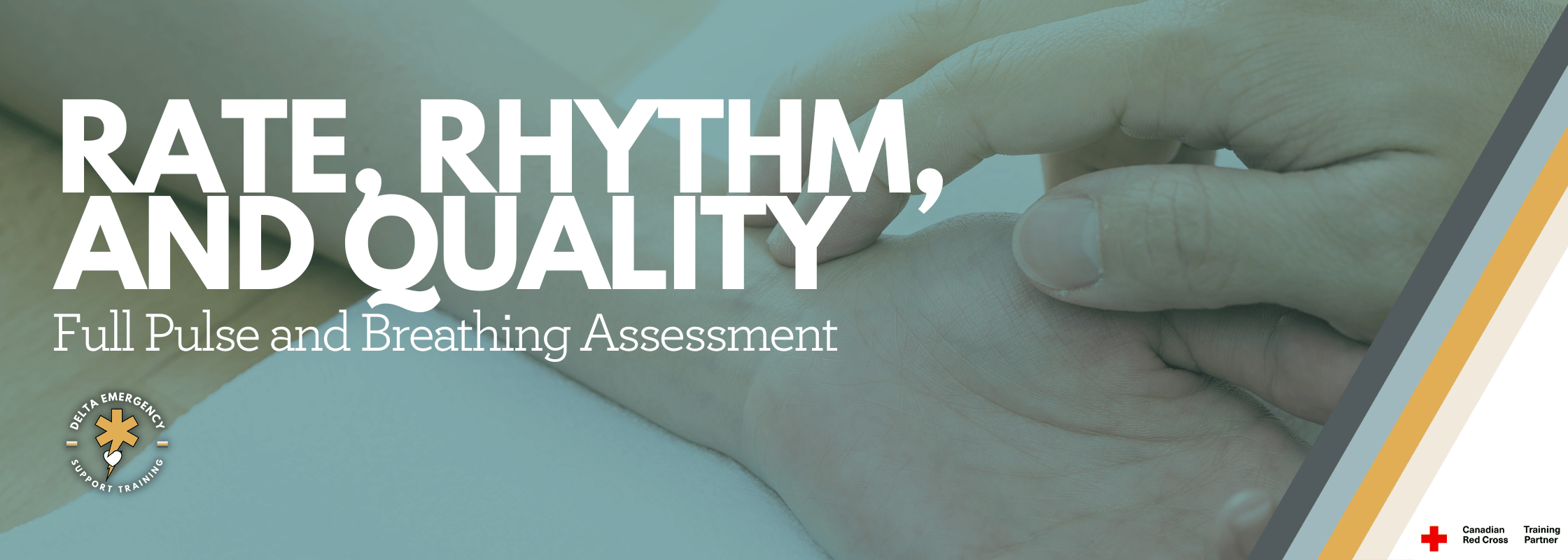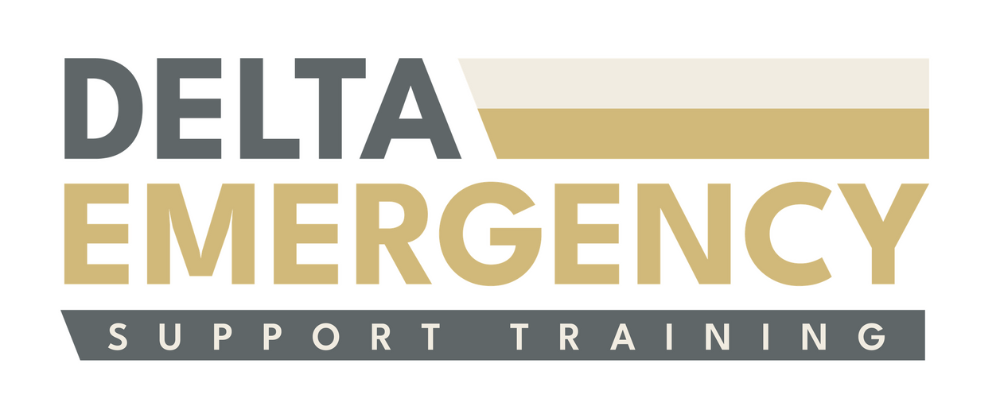Rate, Rhythm, and Quality: How to Assess Pulse and Breathing in the Field
/When assessing a patient, rate, rhythm, and quality are more than routine checklist items — they’re vital indicators of what’s happening beneath the surface. Whether you’re an Advanced First Aider, EMR, or future paramedic, mastering these three elements helps you recognize subtle signs of deterioration before they become life-threatening.
🩺 Assessing the Pulse
1. Rate
The rate refers to how many times the heart beats per minute (bpm).
Adult: 60–100 bpm
Child: 80–100 bpm
Infant: 100–160 bpm
Tachycardia (a rate above normal) may indicate fever, shock, pain, dehydration, or stress.
Bradycardia (a rate below normal) may appear in trained athletes, hypothermia, or head injuries affecting brain function.
👉 Field Tip: Always consider the context — a runner at rest with a pulse of 52 bpm may be fine, while a trauma patient with the same rate might be in serious trouble.
2. Rhythm
Rhythm describes whether the beats occur at regular intervals.
Regular rhythm: Evenly spaced beats (normal sinus rhythm).
Irregular rhythm: Uneven or skipping beats (possible arrhythmia).
Listen for patterns like regularly irregular or irregularly irregular, which may indicate cardiac abnormalities.
👉 Field Tip: Use your watch’s second hand or a digital timer — count for a full 60 seconds if rhythm appears irregular.
3. Quality
The quality of a pulse tells you about strength and perfusion.
Strong / bounding: Common in fever or hypertension.
Weak / thready: Seen in shock, blood loss, or dehydration.
Absent: Immediate life threat — initiate advanced interventions.
👉 Field Tip: Compare central (carotid) and peripheral (radial) pulses. A weak or absent radial pulse may signal dropping blood pressure or poor perfusion.
🌬️ Assessing Respirations
Just like the pulse, respirations are assessed for rate, rhythm, and quality.
1. Rate
Normal respiratory rates:
Adult: 12–20 breaths per minute
Child: 20–30 bpm
Infant: 30–60 bpm
Tachypnea (rapid breathing) often indicates hypoxia, shock, or anxiety.
Bradypnea (slow breathing) can suggest head injury, narcotic overdose, or severe illness.
👉 Field Tip: Always watch the chest discreetly, so patients don’t alter their breathing pattern.
2. Rhythm
Normal respirations are smooth and regular.
Irregular rhythm: May indicate neurological damage, fatigue, or shock.
Cheyne-Stokes respirations: Periods of deep breathing alternating with apnea — often seen in brain injury or end-of-life situations.
Agonal gasps: Ineffective, irregular breaths seen in cardiac arrest.
👉 Field Tip: If the rhythm looks unusual, describe exactly what you see — “deep, gasping, irregular respirations” gives dispatchers or incoming paramedics more useful information than just “irregular.”
3. Quality
Respiratory quality reflects effort, depth, and sound.
Normal: Quiet and effortless.
Shallow: May indicate pain, shock, or fatigue.
Labored: Look for use of accessory muscles, nasal flaring, or grunting.
Noisy: Listen for wheezing (airway constriction), gurgling (fluid), or stridor (upper airway obstruction).
👉 Field Tip: Note any cyanosis (bluish lips or fingertips), which can signal inadequate oxygenation.
🚑 Putting It All Together: Why It Matters
Rate, rhythm, and quality are part of every primary and secondary survey. These details guide your priorities:
Recognizing shock early by weak, rapid pulse and shallow respirations.
Identifying hypoxia through tachypnea or labored breathing.
Catching cardiac irregularities that could indicate impending arrest.
In short, these three simple checks — rate, rhythm, and quality — can reveal complex physiological problems long before advanced tools do.
💡 Key Takeaways for First Responders
Always compare findings to baseline vitals and the patient’s overall presentation.
Document what you observe, not just normal/abnormal.
Repeat assessments frequently — deterioration can happen quickly.
Communicate trends to higher-level care providers for continuity.
Final Thought
Assessing rate, rhythm, and quality isn’t about memorizing numbers — it’s about seeing the patient behind the vitals.The best responders know that a weak, irregular pulse or labored breathing tells a story. Learn to listen carefully — it could be the difference between early intervention and missed warning signs.




